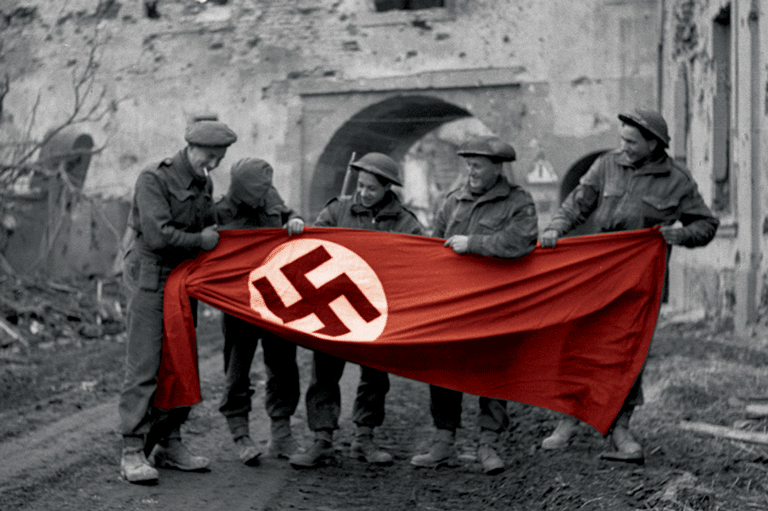The Hidden History of the Poppy
Amid the blasting bombs, lifeless bodies, and muddy trenches of the Great War, bright red poppies flourished in Flanders Fields, Belgium. This sight inspired a poem that moved the British Empire. Now, each Remembrance Day, many people wear the blood-red flower (albeit artificial ones) to honour those who died at war. Here’s how the poppy became an enduring symbol.
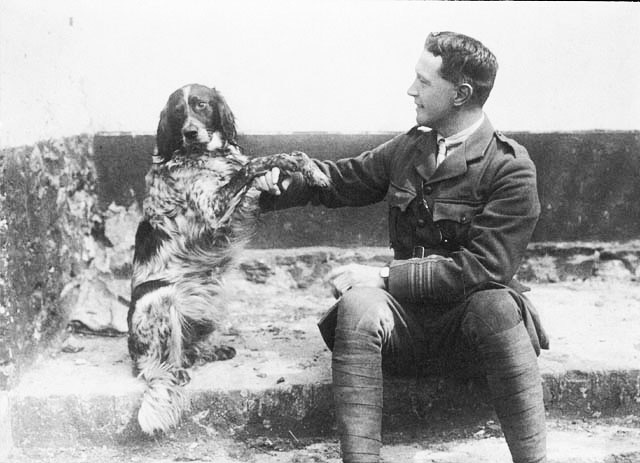
Lieutenant-Colonel John McCrae was serving as medical officer in Belgium when he wrote “In Flanders Fields.” A friend had just died from wounds sustained on the battlefield, and, in May 1915, as he awaited the wounded from nearby Ypres, he drew inspiration from the blood-red poppies that grew in the region. London magazine Punch published McCrae’s work in December 1915 and it quickly became one of the most popular war poems.

Two days before the Armistice, American humanitarian and academic Moina Michael read McCrae’s poem while on duty at the YMCA Overseas War Secretaries headquarters in New York. Servicemen would go there to say goodbye to family and friends before heading overseas.
Inspired by McCrae’s poem, Michael wrote her own called, “We Shall Keep the Faith,” in which she vows to wear the poppy to remember the war dead: “And now the torch and poppy red, we wear in honor of our dead.”
In 1920, Anna Guérin, a French woman, was inspired by Michael’s idea to make poppies a memorial flower. Soon after, Guérin made red silk poppies and sold them in Britain to raise money for the Earl Haig Fund in support of former soldiers and the families of those who died during the war.
The newly formed British Legion sold nine million of the poppies on November 11 of that year, raising more than 106,000 British pounds.
Guérin convinced the Great War Veterans Association of Canada to use the poppy as a symbol of remembrance while fundraising, which it first did on July 5, 1921.
By 1922, poppies distributed in Canada were made by disabled veterans, via the Department of Soldiers’ Civil Re-establishment.
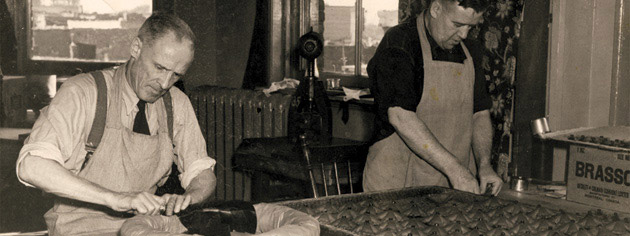
With 7 uniquely curated newsletters to choose from, we have something for everyone.
On Remembrance Day in 1933, the Co-operative Women’s Guild — an organization in Great Britain that encourages and educates women — distributed the first white poppies to challenge the continuing push for war.
A year later, the Peace Pledge Union (PPU) started distributing the white poppies and still does today. Although the PPU says the white poppies aren’t meant to insult the war dead, many view them as disrespectful.
Article continues below...
-
 The first Remembrance Day poppy, 1921.George Metcalf Archival Collection, Canadian War Museum 19720228-001
The first Remembrance Day poppy, 1921.George Metcalf Archival Collection, Canadian War Museum 19720228-001 -
 A poppy for the Earl Haig Fund.Imperial War Museums
A poppy for the Earl Haig Fund.Imperial War Museums -
 At one time, the poppies we wore were made by hand out of fabric.Canadian War Museum
At one time, the poppies we wore were made by hand out of fabric.Canadian War Museum -
 An artificial poppy with a black centre.hobvias sudoneighm/Flickr.com
An artificial poppy with a black centre.hobvias sudoneighm/Flickr.com -
 This white poppy was issued pre-1939 by the Peace Pledge Union. It belonged to Ms A.E. Wood who was a conscientious objector.Imperial War Museums
This white poppy was issued pre-1939 by the Peace Pledge Union. It belonged to Ms A.E. Wood who was a conscientious objector.Imperial War Museums
From 1980 to 2002, poppy centres were green. The colour reverted to black to better represent the colour of the poppies in Flanders. Over the years poppies have been made from different materials.
In the United Kingdom, early poppies were made from silk but now are made from paper, whereas in the United States wearing fake flowers on Remembrance Day never took off. In Canada, our weather makes plastic a better medium.
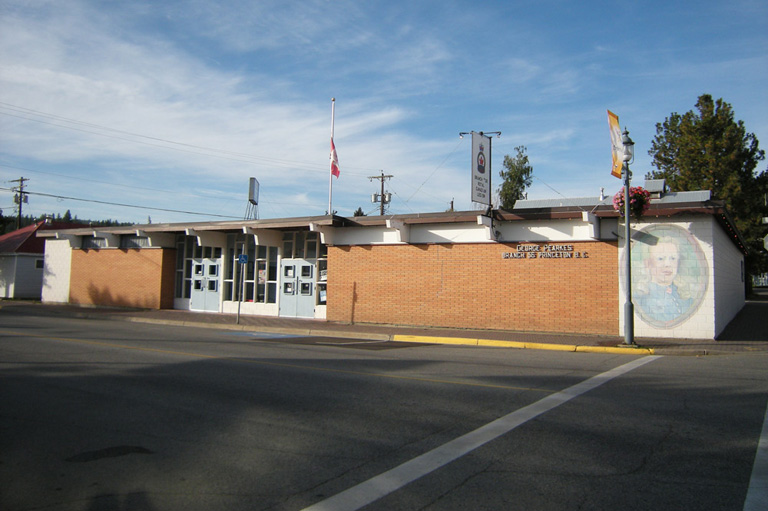
Today, the Royal Canadian Legion holds its Poppy Campaign from the last Friday in October to Remembrance Day. The money raised from this campaign provides financial assistance to veterans, funding medical equipment, research, home services, long-term facilities, and more. The campaign raises about $14 million annually from donations.
On the Legion website you can:
- learn more about the poppy
- find teaching materials for the classroom
- find information and services for veterans
- locate your local Legion branch
Although their primary fundraising campaign is in the few weeks leading up to Remembrance Day, they accept donations all-year round. You can make your cheque out to Dominion Command Poppy Trust Fund and drop it off or mail it to the legion branch closest to you.
Themes associated with this article
Advertisement
You might also like...
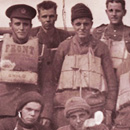
The war that changed Canada forever is reflected here in words and pictures.









